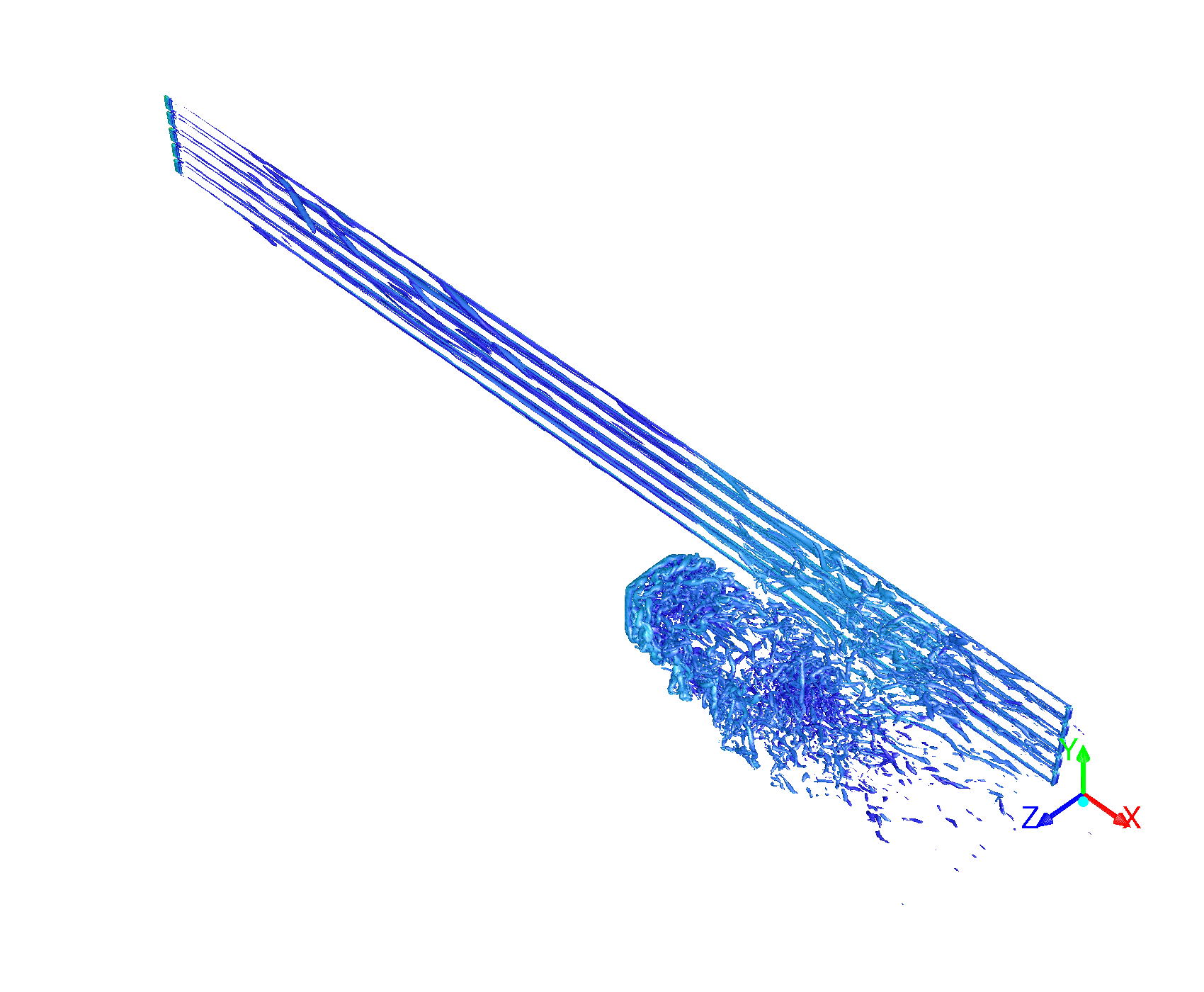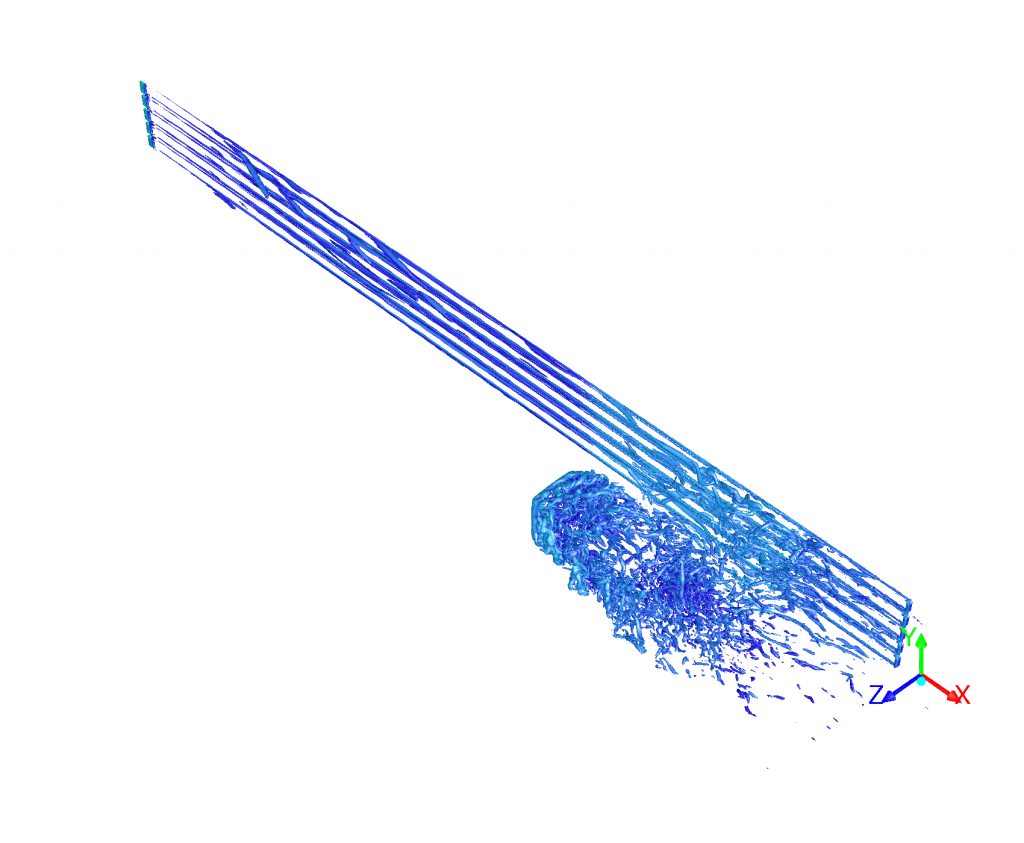Using open source CFD (OpenFOAM) for turbulence modelling of different wall-bounded flow regimes

Project reference: 1519
Development of the high performance computers (HPC) has made possible conducting numerical simulation of fluid flow of practical interest. Turbulent separated bluff body flows are of great importance for the CFD community. Many turbulence models are developed to properly capture, with some success, the mechanisms found in the flow separation behind a bluff body.
This project aims in testing the ability of the current turbulence models found in the open source CFD (OpenFOAM) for high Reynolds number flows. Unsteady Reynolds Navier-Stokes (URANS) approach will be used for modelling the turbulent separated flows. The work will be done using the HPC resources offered at ULFS. Also, visualization of the results will be carried using ParaView.

Project mentor: Marijo Telenta
Site Co-ordinator: Leon Kos
Learning Outcomes
The students will gain experience in using open source code, visualization of data, and utilizing the HPC resources
Student Prerequisites (compulsory)
UNIX, CFD (open source and/or commercial)
Student Prerequisites (desirable)
Python, C++
Training Materials
Workplan
- Week 1 : training week
- Week 2 : model set up
- Week 3 : numerical simulations, report writing
- Week 4 : numerical simulations
- Week 5 : numerical simulations
- Week 6 : result analysis
- Week 7 : data visualization
- Week 8 : final product
Final Product Description
Results will be accessible as a report and the data will be visualized and presented with figures and videos.
Adapting the Project – Increasing the Difficulty
If time allows, new/improved turbulence model could be developed.
Adapting the Project – Decreasing the Difficulty
If time restriction occurs, grid dependence test could be avoid. Also, not all turbulence models need to be covered
Resources
HPC Prelog (768 cores), OpenFoam, ParaView, Python, Mathematica, Inscape, Gimp, Latex
Organization
University of Ljubljana, Faculty of Mechanical Engineering

